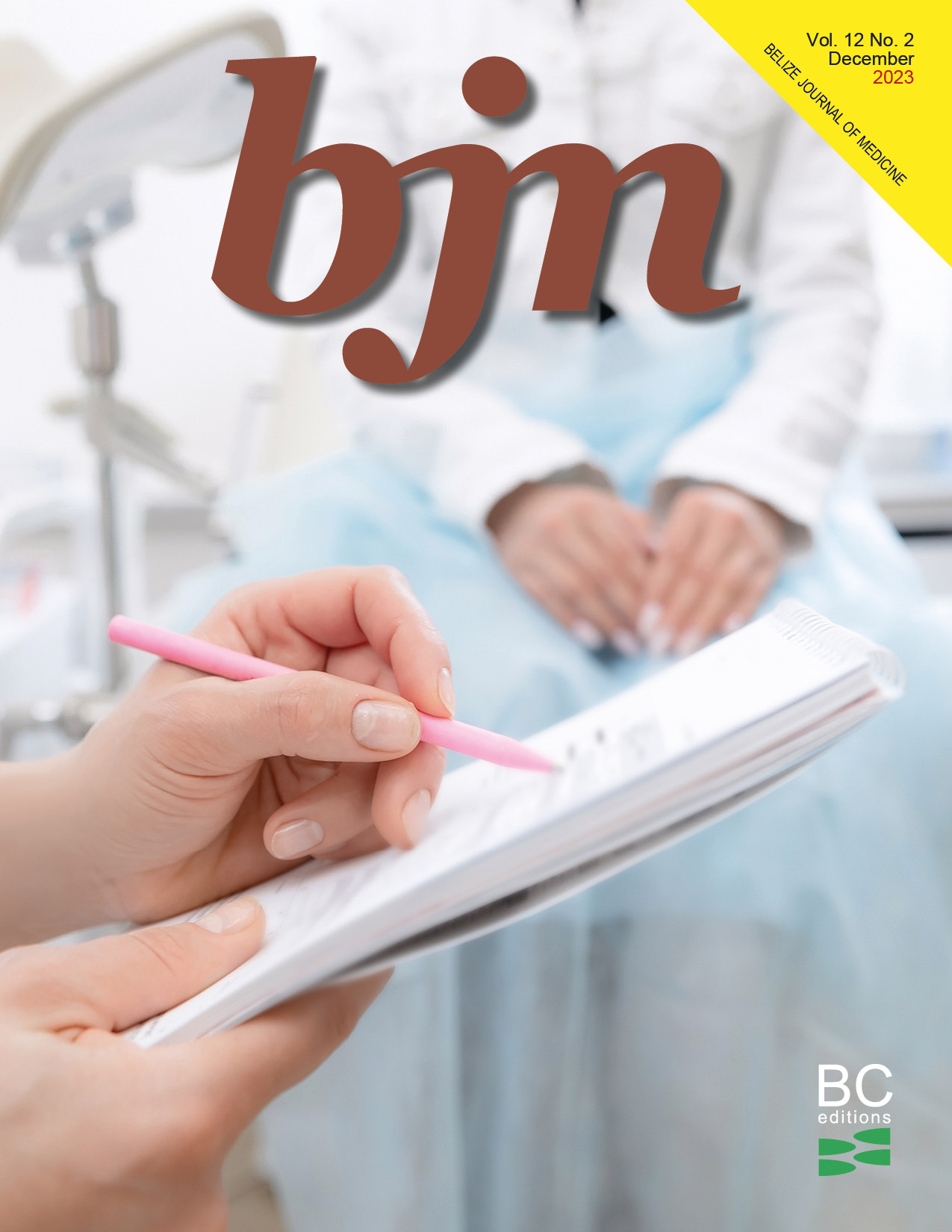Myxoid liposarcoma in the thigh with lung metastasis
DOI:
https://doi.org/10.61997/bjm.v12i2.383Keywords:
imaging, liposarcoma, metastasis, mixoid tumorAbstract
Introduction: Soft tissue sarcomas represent 1% of all neoplasms and 2% of cancer mortality. Liposarcoma predominates in the adulthood and generally locates in the lower limbs; the symptoms vary depending on the location and often appear when the mass has significantly grown. Clinical case: 38-year-old white female patient, which started with stabbing pain on the inner side of the right thigh after a local trauma, which gradually increased in intensity and with little relief to the administration of analgesics. On physical examination, no palpable mass was detected. Imaging studies were performed, including high-resolution diagnostic ultrasound, computerized axial tomography and nuclear magnetic resonance, followed by post-surgical biopsy. The patient underwent surgery by a team specialized in soft tissue tumors; complete excision of the lesion was performed through a safety margin. Subsequently, treatment with chemotherapy and radiotherapy was applied, after two years, in a follow-up consultation, the patient reported recurrence of pain and after performing the imaging studies, recurrence of the lesion and the presence of multiple metastatic pulmonary nodules were evidenced. Conclusions: Soft tissue sarcomas are infrequent and the number of case reports is limited despite their high mortality. In the case presented, the myxoid liposarcoma was highly invasive, with distant
metastasis, which is unusual in this type of tumor. Imaging studies are of great value for the accurate diagnosis of these lesions.
Downloads
Downloads
Published
How to Cite
Issue
Section
License

This work is licensed under a Creative Commons Attribution-NonCommercial 4.0 International License.
BJM protects Copyright at all times. However, it gives up part of the rights by displaying a Creative Commons License 4.0 (cc-by-nc), which allows the use of the work to share (copy and redistribute the material in any support or format) and adapt (transform and built from the material) as long as exclusive mention of the publication in the journal as the primary source is made. Under no circumstances, the work can be commercialized.













